Not much grew between the lines in the First World War. The battlefields were ravaged by artillery and gunfire with the once plush fields and forests turned to mud.

But in northern Belgium, life sprung from the scarred land. Bright red flowers known as poppies would catch the eye of Canadian surgeon John McCrae and forever change how we remember veterans on Remembrance Day.
McCrae famously wrote In Flanders Field after the second Battle of Ypres when the Germans used chlorine gas. His poem was published in 1915 and became one of the most famous works of art to come out of the Great War.
“It’s a testament to the power of McCrae’s symbol and the fact that the contrast was so incredible,” said historian David O’Keefe.
“You have the drab destruction and death of the Western Front, and through all of that, this bright, vibrant weed.”
Through his poem, the poppy — which is indeed a weed — would become an important symbol of the war. The war office in Britain began using it as a recruiting tool, but it was a pair of women on either side of the Atlantic that transformed the poppy into what we see today.
In Georgia, a woman named Moina Michael was so taken by McCrae’s poem that she vowed to always wear a red poppy. But it wasn’t until a Frenchwoman named Anna Guérin arrived in the U.S. that Michael’s dream would become a reality.
Together, in 1920, they convinced the National American Legion to adopt the poppy as its emblem of remembrance.

Get daily National news
Michael would be immortalized on a US stamp as the “Founder of Memorial Poppy” while Guérin would be dubbed “The Poppy Lady from France.”
Guérin had first used the poppy as a means of raising money for war orphans in France, but it didn’t take long for her to realize there was opportunity throughout the British Commonwealth, eventually introducing the symbol to Great Britain, Australia and New Zealand.
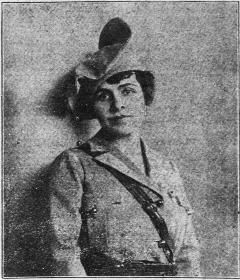
After her success in the U.S., in 1921 she took her charity to Port Arthur, Ont. — which is now Thunder Bay. There, she convinced the Canadian Great War Veterans’ Association to adopt the poppy.
100 years later, it’s still worn on lapels leading up to Remembrance Day.
What’s remarkable about Guérin is how she set up the charity in so many countries, and then walked away from it. David O’Keefe said that she saw the poppy as bigger than herself.
“So having this, the poppy, transcend and become a vehicle of funding to repair these men psychologically and otherwise is an absolutely wonderful thing, and that certainly does get its roots from Guérin crossing the Atlantic.”
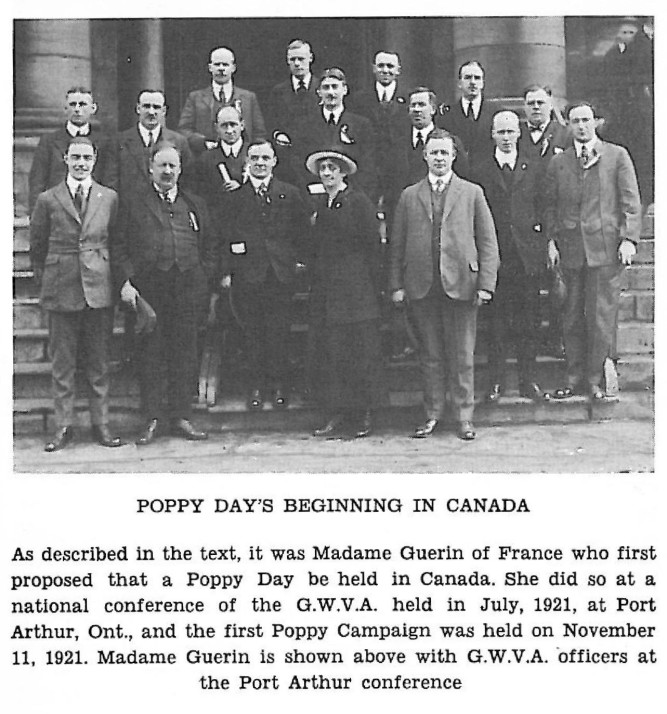
In England, historian Heather Johnson has written extensively about Guérin, and said that while Guérin was nervous about bringing her charity to the U.S. and Canada “at the end of the day, helping war-torn French victims was her goal, and she was prepared to do anything.”
Her strength, said Johnson, was as a natural networker.
“I find it very hard to define what she had going for her,” Johnson said.
“She could move easily within any class of society. If she could make grown men cry in an audience, she must have had something.”
Today, the Royal Canadian Legion distributes about 20 million poppies annually, raising roughly $20 million dollars to support veterans in a variety of ways.
There are far fewer veterans manning the donation boxes now, for obvious reasons, so the Legion has had to evolve with Interac-friendly boxes and a new digital presence.
To mark the 100th anniversary of the poppy, the legion is selling replicas of the hand-made version from 1921. As well, 100 copies of a digital art project called “The Immortal Poppy” are being sold as collectibles.
“Essentially, it’s a digital poppy,” says Nujma Bond of the Royal Canadian Legion. The names of 118,000 Canadian veterans are printed on the poppy’s petals.
“We took an original, genuine poppy from Flanders Field in Belgium and had an artist recreate that poppy in digital format.”
While the collectible is available for sale in limited numbers, anybody can view the art online.
- ‘A normal thing now’: Canadian family says extortion gang is preying on them
- Winter storms, rain and snow walloping Canada. Here’s where you’ll see it
- Food prices spiked in November, says StatCan in latest inflation report
- 3 kids die from influenza A-related complications since start of December in Ontario


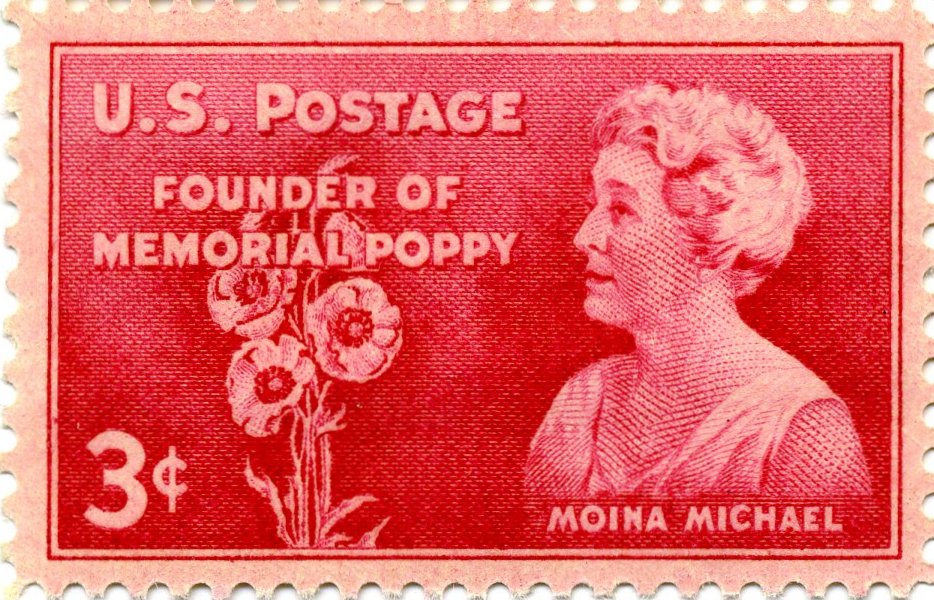


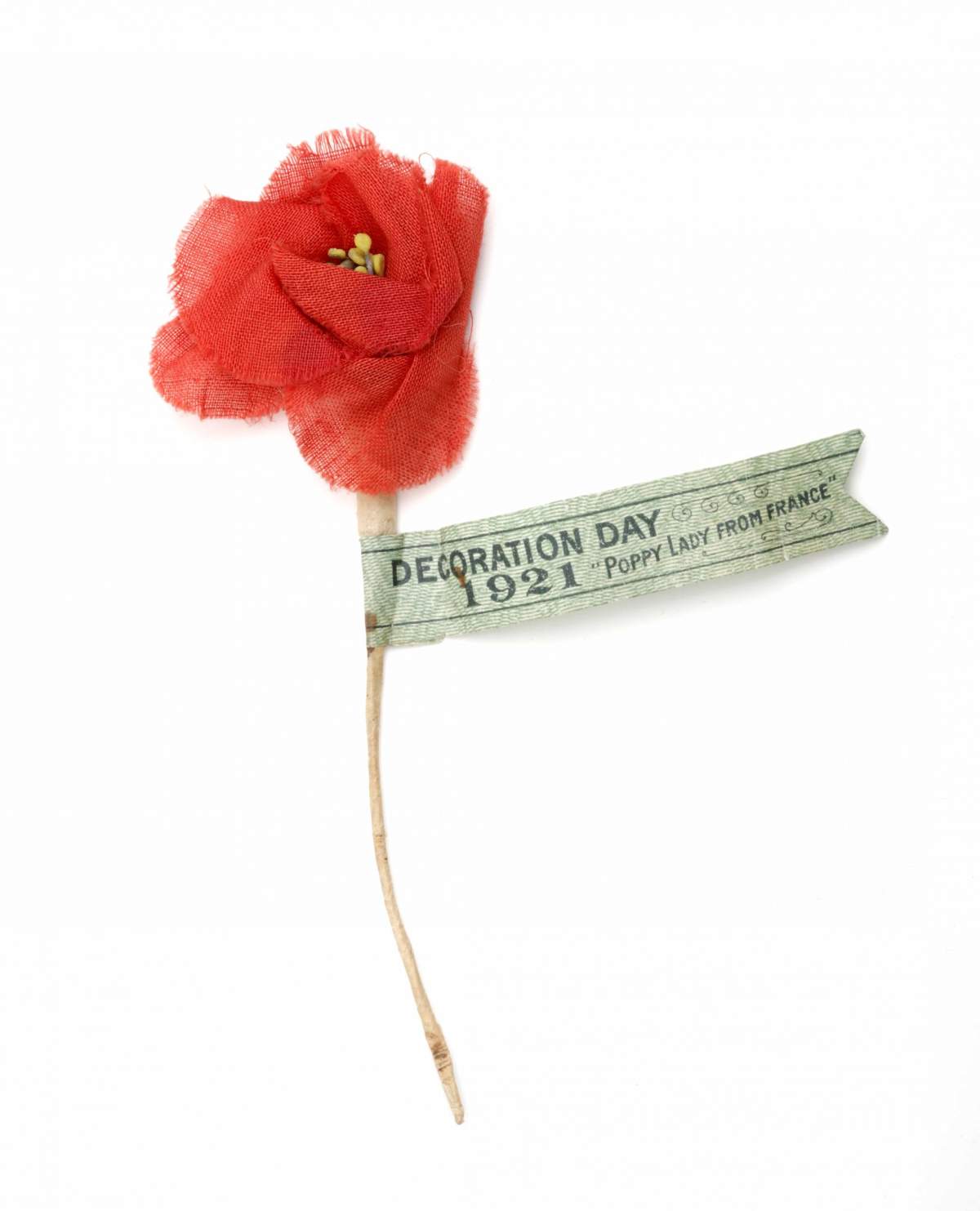
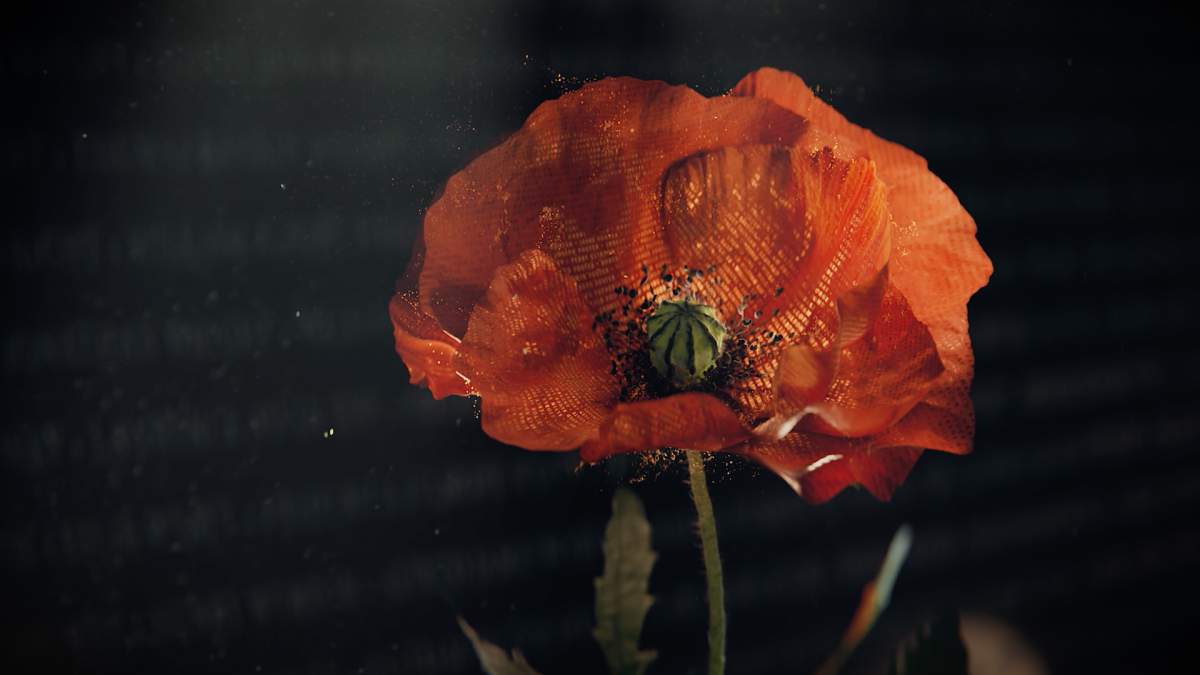




Comments